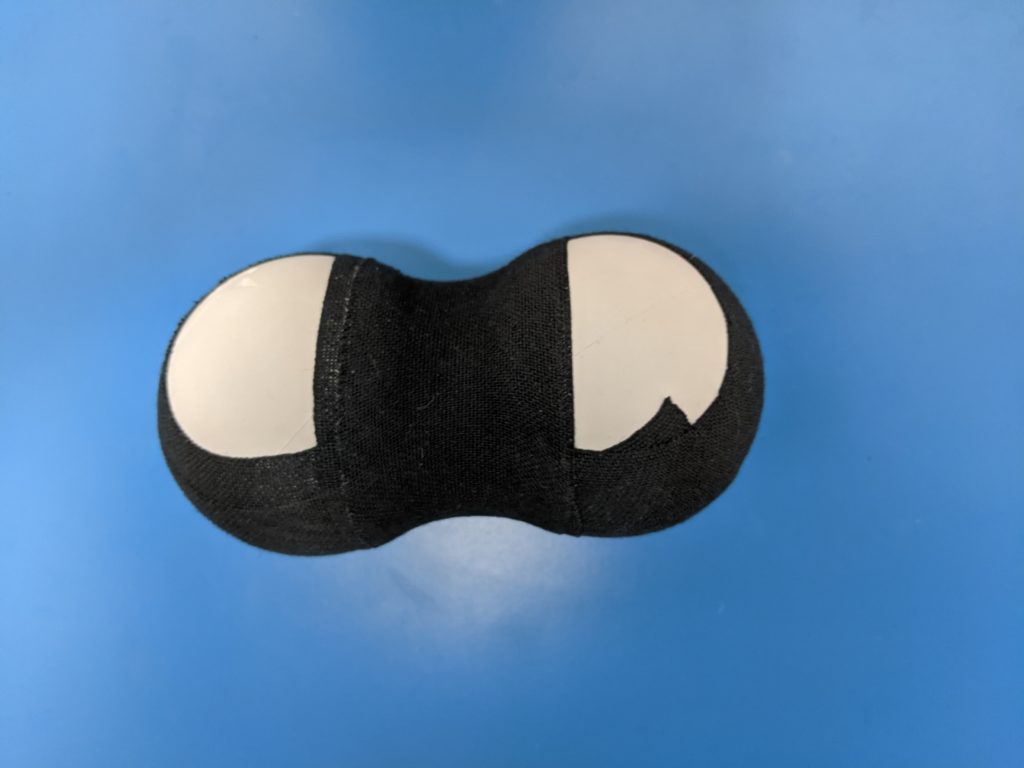
The Neck Assessment is part of my new blog series, titled ----"Check Yourself Before You Wreck Yourself". In this series, I will be teaching mobility self-assessments and corrective exercise stretches. You will learn how to check the function of different areas of your body. If you find a problem, I will teach you step-by-step how to improve the movement in these areas.
Today I want to demonstrate three self-assessments for the neck. Those are:
The first self-assessment/test - for Neck Flexion - is shown in the video above. The goal of this assessment is to be able to touch your chin to your chest without separating your teeth (opening your jaw) in order to accomplish that.
This is a test that many people will not be able to do. Many of us, due to sitting and working on computers or looking at our other technology, become tight in areas that restrict this motion.
An inability to pass this test means that you are at increased risk for neck pain in general. You're possibly also prone to getting tension headaches, migraines, and jaw pain. If you're unable to pass this test, try the corrections listed below.
The first correction is shown in the video above. It requires the use of a "peanut" which is made by simply taping either two tennis balls or two lacrosse balls together.

There are two main muscle groups we want to target to help improve the Neck Flexion range of motion. The first are the muscles at the base of your skull.
Once you have finished this corrective action, repeat the test. You'll notice that you'll be able to bring your chin down closer to your chest.
Doing this once may not immediately enable you to pass this test, but if you work at it for just a week or two, you will likely be able to pass the test.
The second self assessment looks at your ability to rotate your head from side to side. For this test, you're going to slowly turn your nose one direction as far as you can. Once you get as far as you can, try to bring your chin downwards to touch your collarbone. To pass this test, you should be able to touch your chin to about the middle of your collarbone on each side.
The muscles that restrict this movement are very commonly indicated in general neck tightness, neck pain, and tightness due to stress. If you're unable to pass this test, try the corrections below.
Once you finish this stretch, repeat the self-assessment. Like I said with the first self-assessment, doing this once may not immediately enable you to pass the test - but if you work on these stretches for at least 2 weeks, you should see great improvement on this test!
So there it is. That's my first entry for this new blog series entitled "Check Yourself Before You Wreck Yourself!" Make sure you stay tuned to future blogs for the next part in this series. The things you'll learn will allow you to take control of how your body moves and help you to eliminate pain yourself!
SPECIAL OFFER!
"Check Yourself Before You Wreck Yourself" Course - Available here on my Website under "Courses" Tab
In collaboration with Zac King, I have an extended online course of the same name for anyone who is interested. This course has many self-assessments for the rest of the body and self-corrections to help improve any areas that are problematic. We're offering a special promotion for anyone who would like to sign up for the course and get $10 off! --- That makes the Entire Course only $29.99!
Get signed up today if you want to take control of your movement and eliminate pain on your own! Click the following link to sign up today: https://movlabtulsa.com/courses/
And don't forget - if you run into any issues, or if your neck isn't responding as you wish, MovLab is here to help at any point in your neck rehab work - Mobility is our specialty! Just call us at 918.300.4084 to schedule your next appointment - you'll be glad you did!